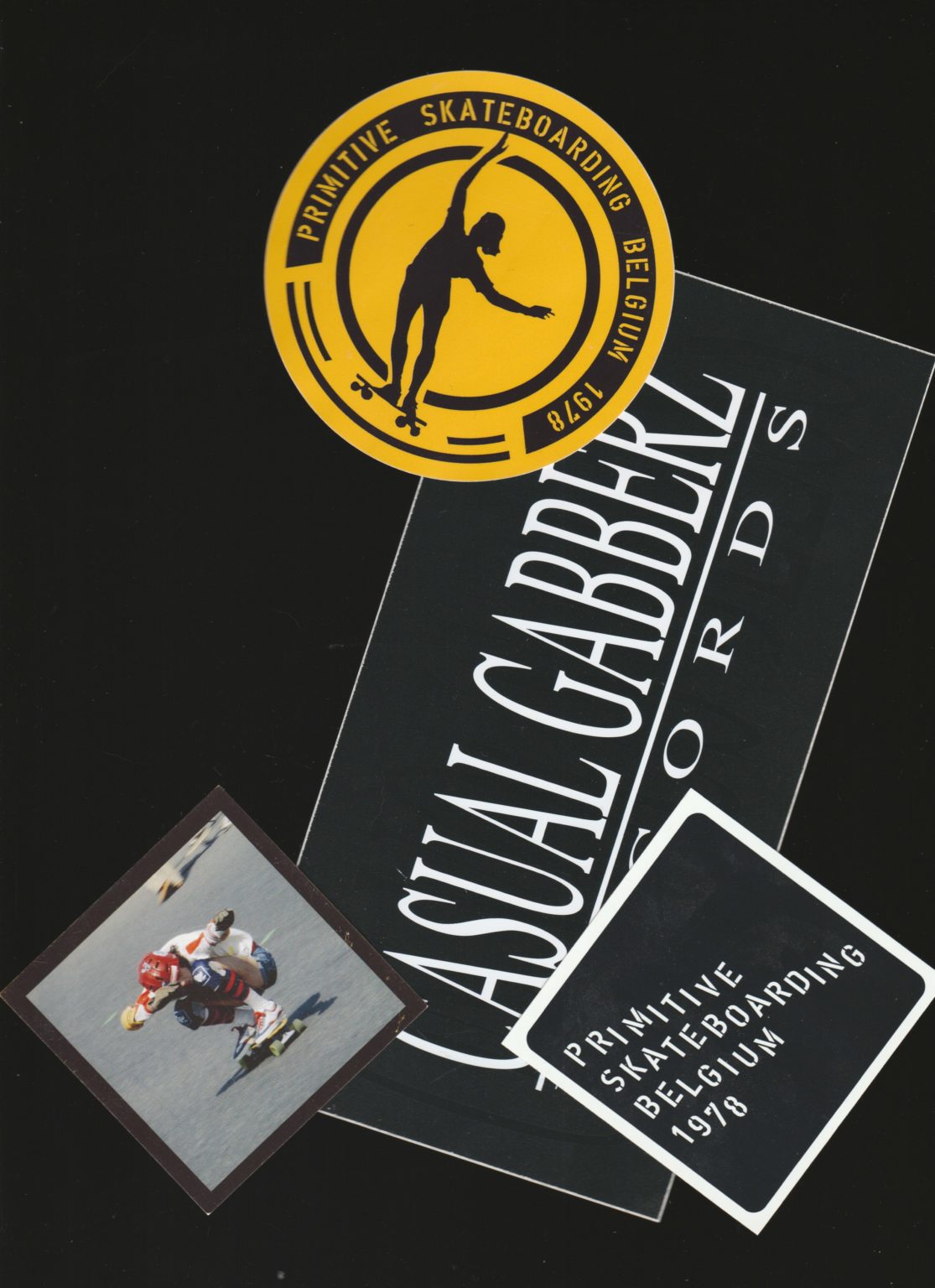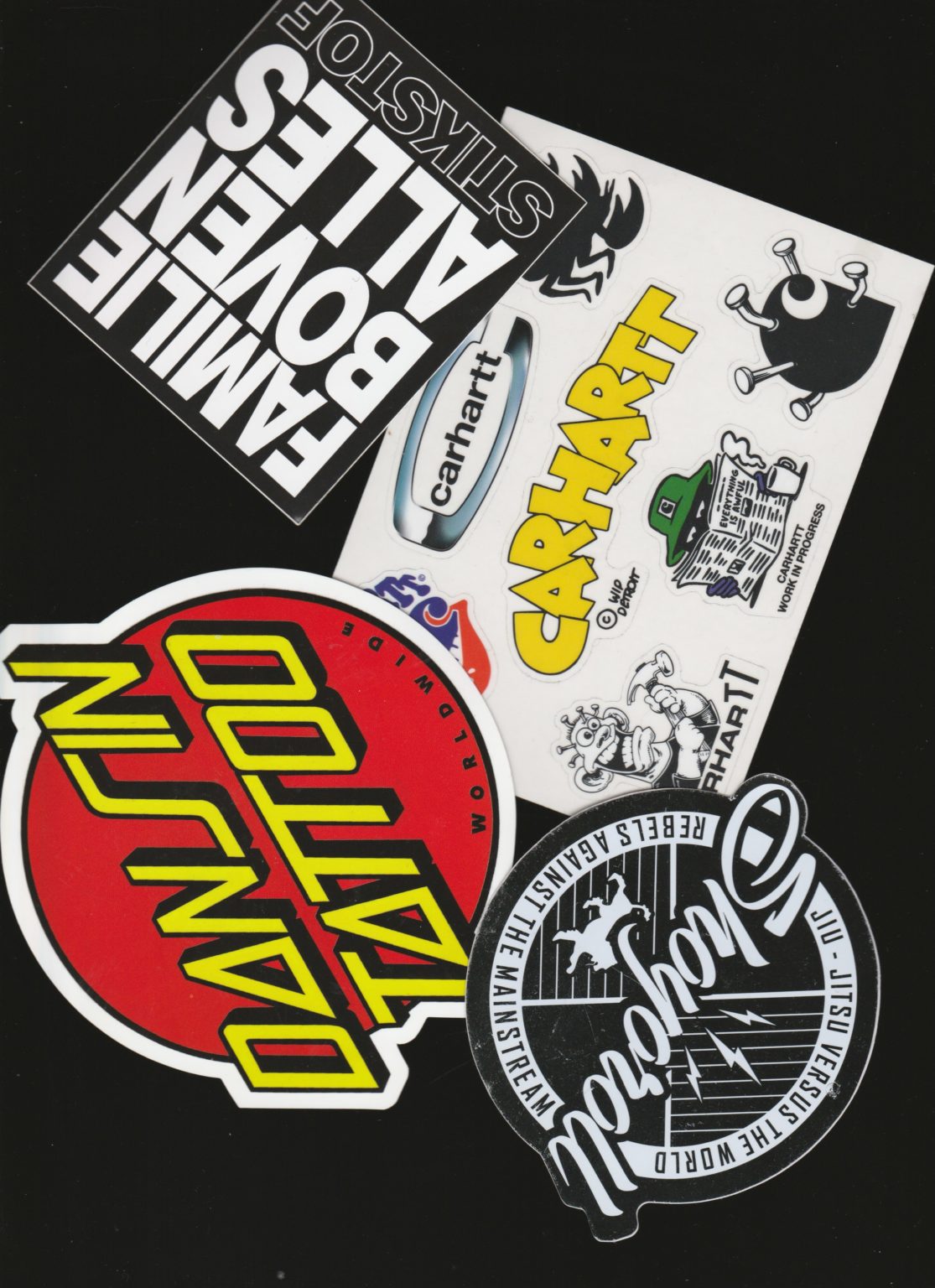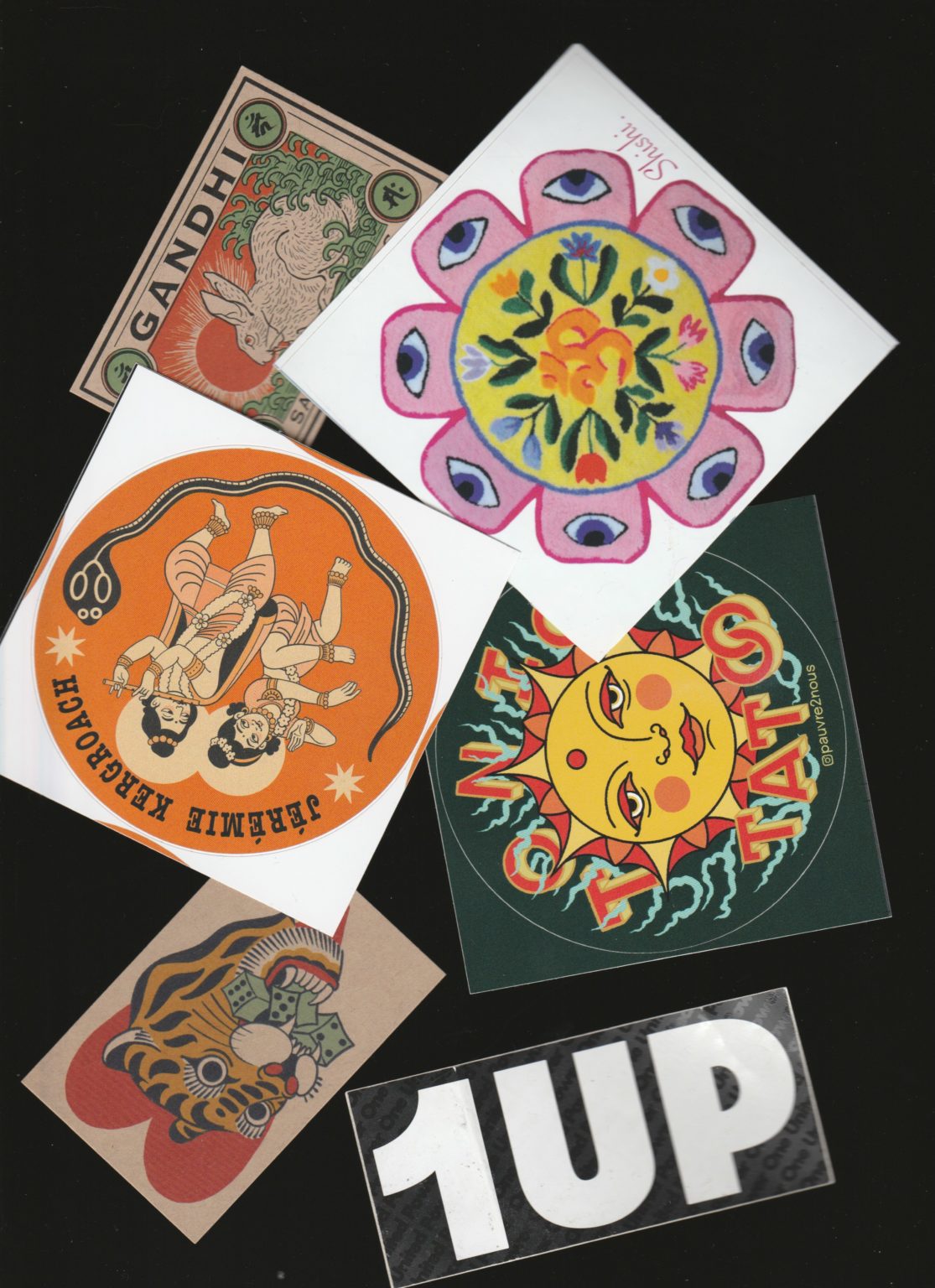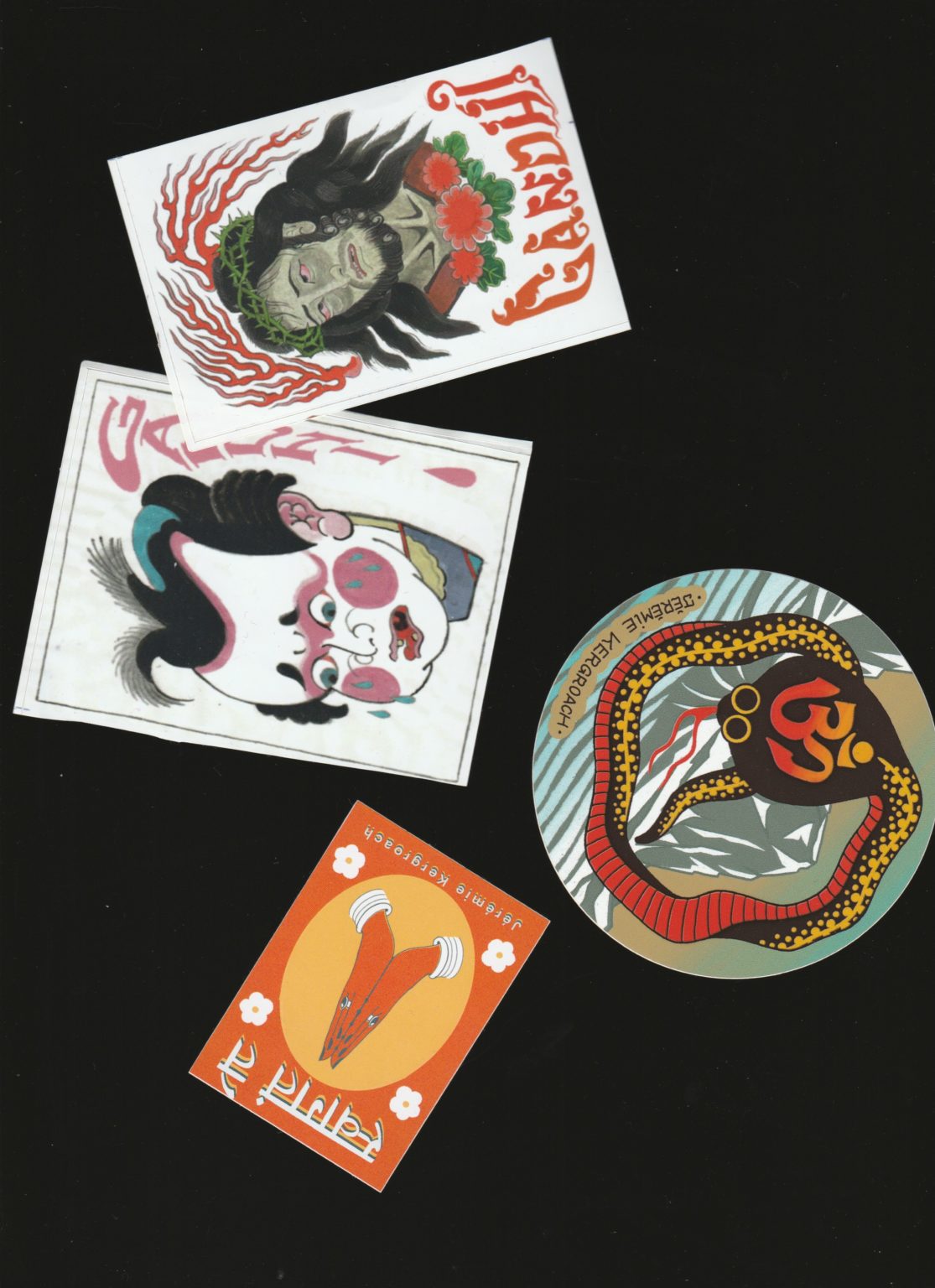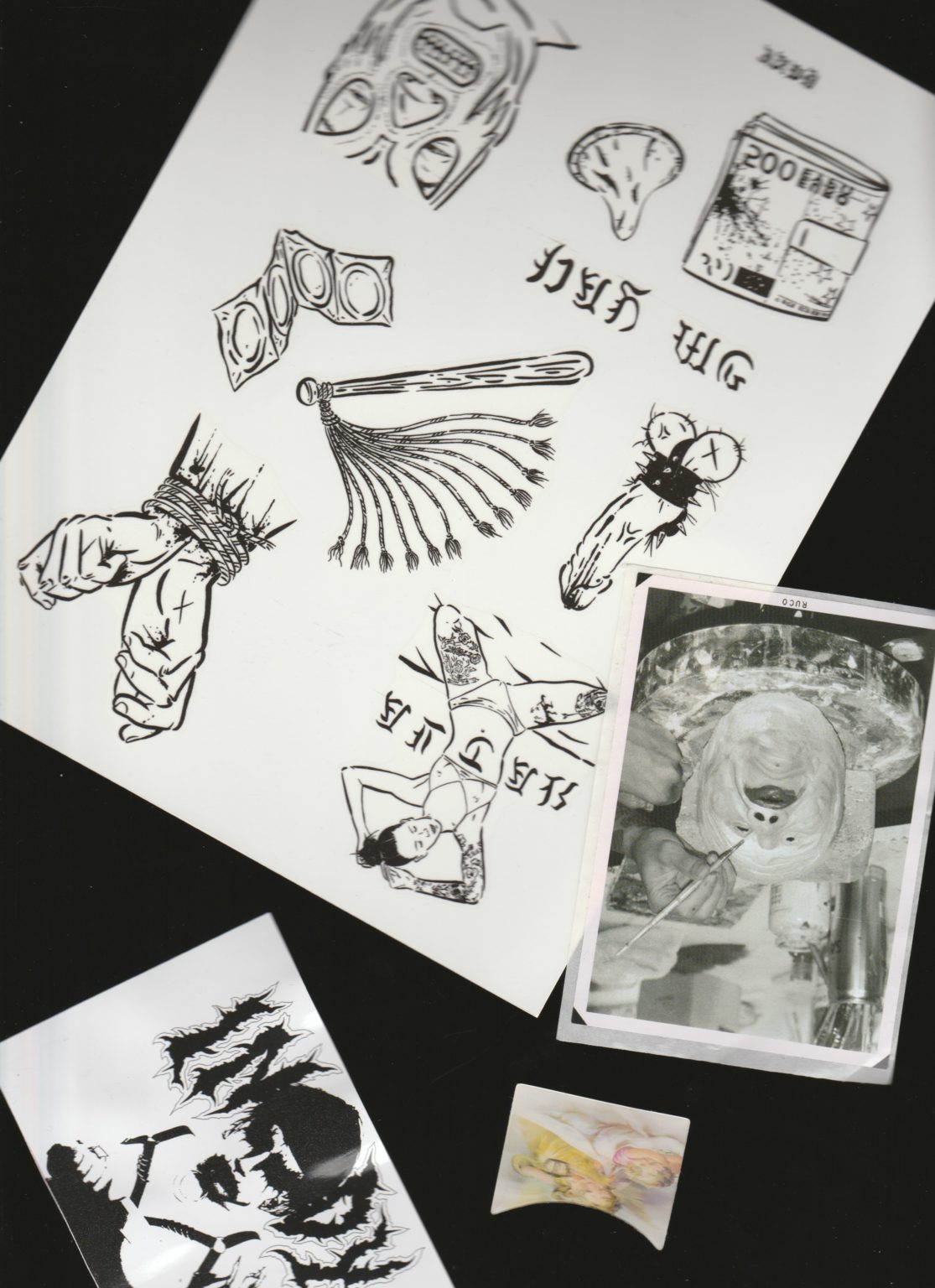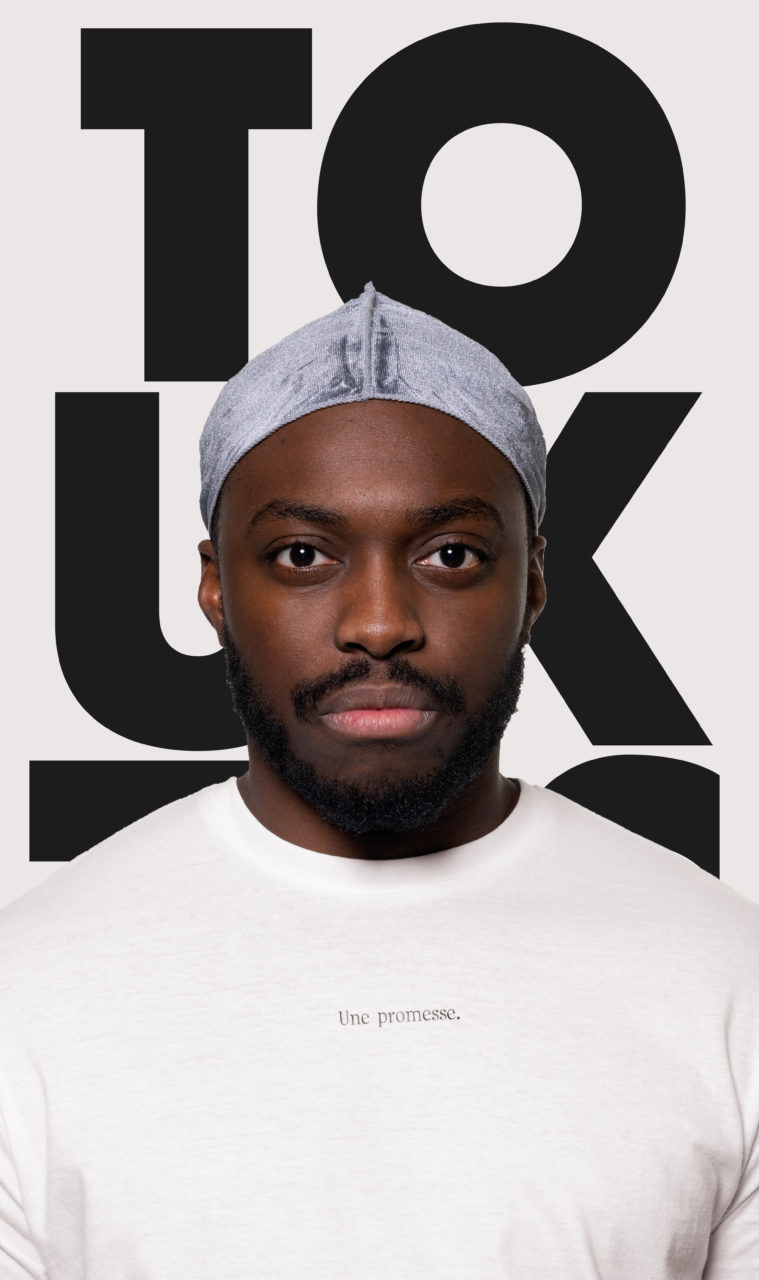Stoëmp founder Gaetano is a lifelong admirer of skate culture, and previously worked as a illustrator for Vans, one of the most recognizable brands for skate shoes and streetwear. He still finds a lot of inspiration in that universe, and has been collecting stickers since the 90s.
How did good graphic design become such an integral part of skate culture? How has graffiti influenced these stickers, and your work?
I think it’s the other way around, that skate culture has influenced graphic design a lot. At least in our case, it was a huge trigger. Skate culture has always been very innovative in the field of design, whether in magazines, on skateboards, with stickers. It’s very spontaneous, full of energy, and ultra-creative.
It’s not a question of good or bad graphics in skate culture, the important thing is the impulse. I think it’s the same with graffiti and street art. They are overlapping worlds — of course they are different — but they’re definitely connected by this spontaneity. The design of the stickers in these two worlds is very interesting: it can and does go in every direction. It’s a playground, a field of research… there’s no beautiful or ugly. When I was an illustrator for Vans Belgium making these giant stickers or designing skateboards, it was really this – a permanent state of research. This state of mind continues to nourish the graphic universe at STOEMP.
What makes a sticker — the ones you find at skate parks, on metro station walls, in bar bathrooms, on peoples’ laptops — stand out?
A lot of things, it can be the repetition — having the same stickers everywhere all the time; or the innovative designs; or the format. There is a big overlap with tattoo culture, finding a singular design. The graphics are crazy! That’s what’s great about stickers. They are a simple medium, cheap and accessible to everyone. The stickers you collect can become a sort of visual collage representing your individuality, your personality. It’s all about fearless creativity. And this is exactly that we did for « le Rideau ».
This universe can also be very political. How does that impact your design process?
Sure. While we don’t usually bring politics into our creative process, we think that these tiny signals and artworks spread out all over our cities and sidewalks have a subconscious effect on all of us, which is useful to be aware of. Stickers can be a branding, or a sort of counter-branding; promotional or subversive; invasive and noninvasive at the same time.
What do you like about these stickers from your archive (see photos)? Do you prefer retro designs or fresh takes?
Collecting these stickers is the way I like to see — very quickly and not on my screen — how graphic design has evolved over the last 30-40 years. You can see the traces of trends and new tools and technologies that had their place in the sun. Also, artists and illustrators are constantly referencing other subjects like music, gaming, mythology, history… Of course I prefer fresh and innovative designs. That’s what is so cool about stickers, they’re always pushing boundaries of what you can do with such a basic medium.
INTERVIEW :
DANA, FROM BLURBS
